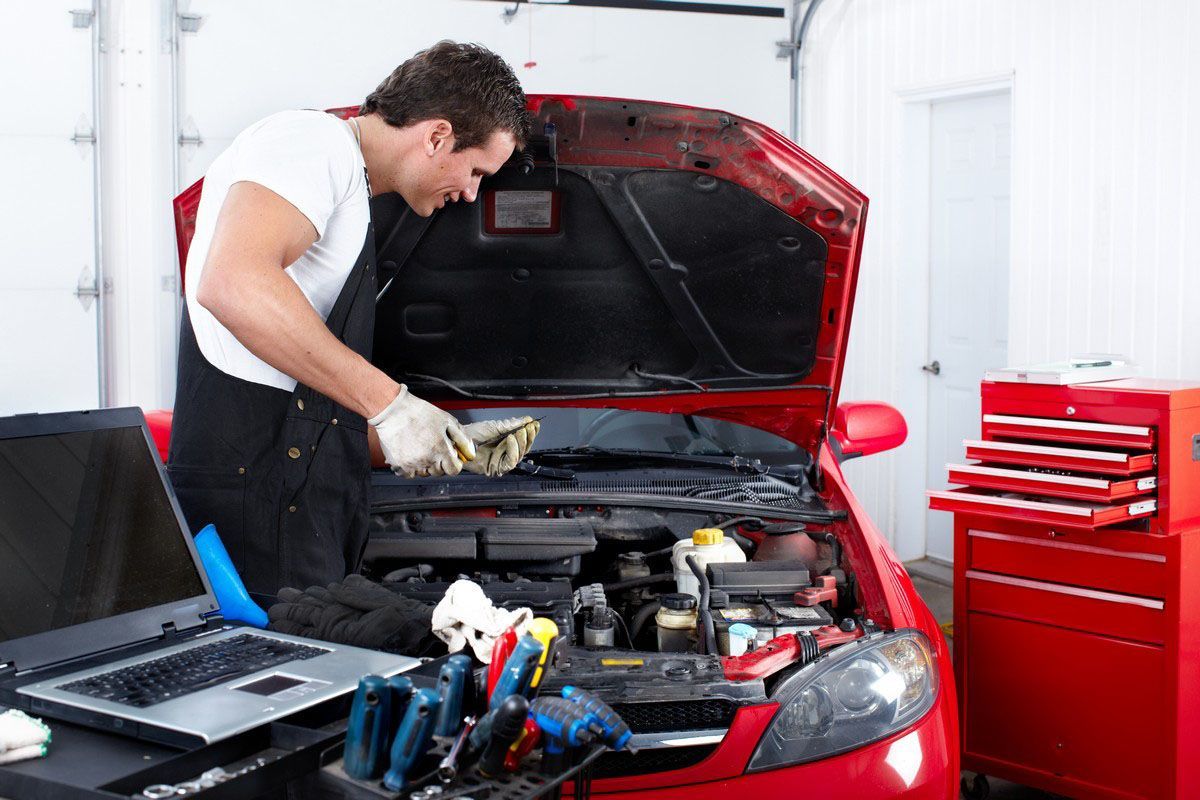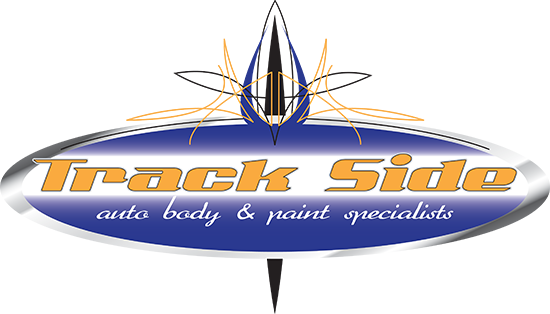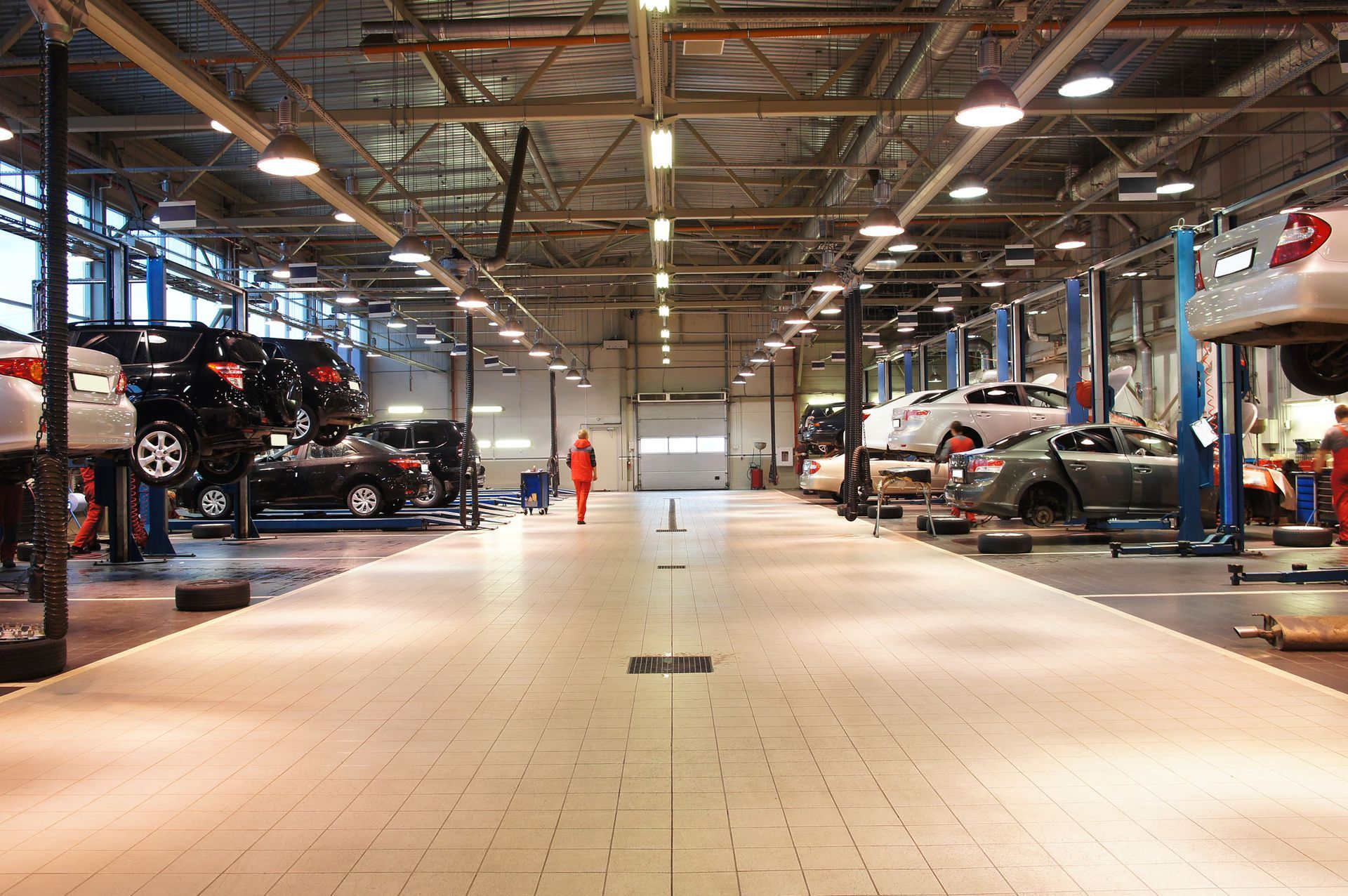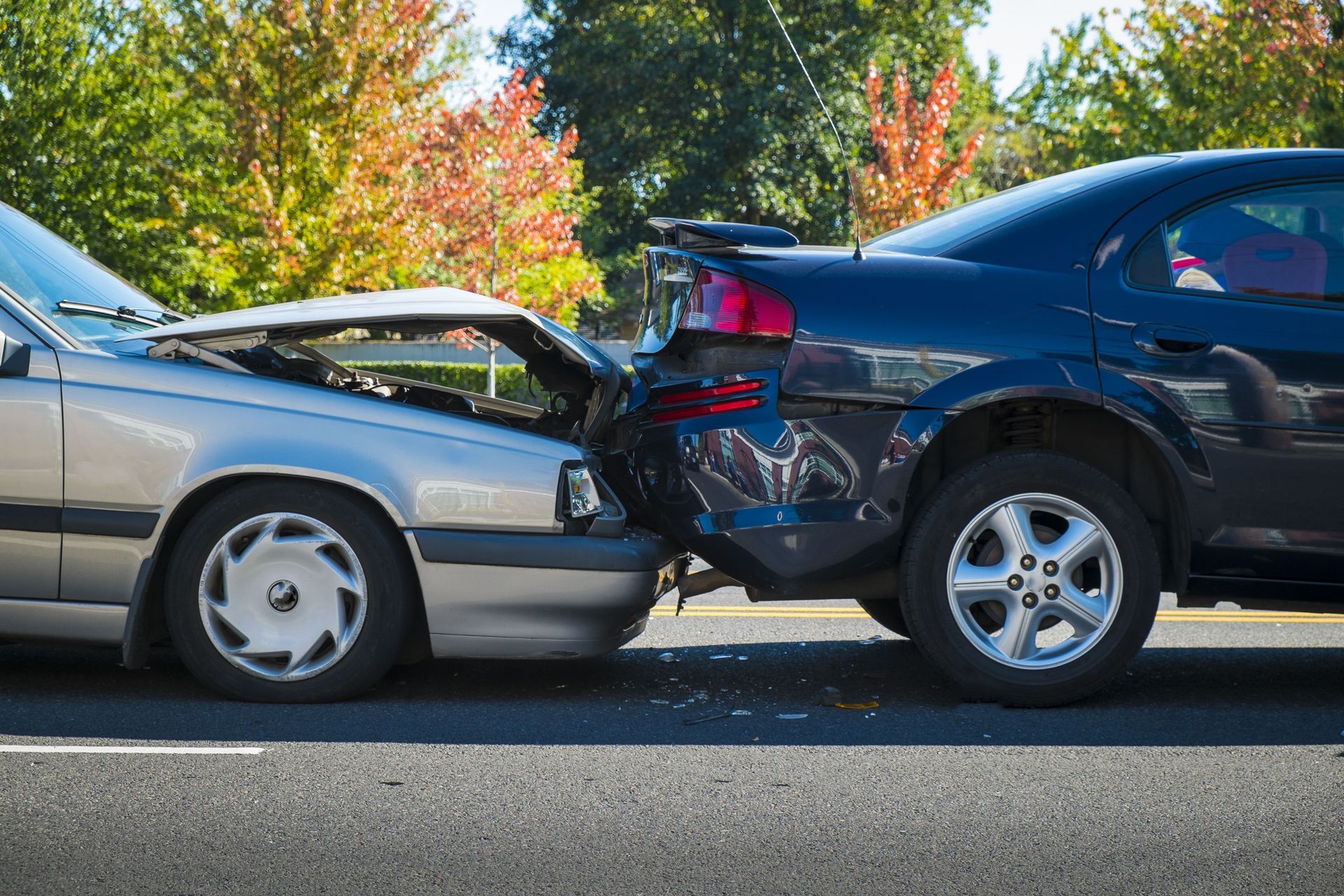October 31, 2025
Explore the comprehensive process of auto collision repair to restore your vehicle to its original condition. Understand the crucial aspects and steps that lead to a flawless finish after an accident. This article will delve into the intricate process of assessing damage, estimating costs, and executing repairs. Discover how modern technology and expert technicians come together to ensure your vehicle is as good as new. The journey to optimal vehicle restoration begins here.
1. Understanding the Anatomy of Auto Collision Repair
1.1 Initial Damage Assessment
The initial damage assessment is a fundamental step in auto collision repair. This process involves a meticulous examination of the vehicle to identify visible and hidden damage. During this stage, repair shops utilize diagnostic tools to gauge the extent of the harm accurately. Damage assessments are crucial as they determine the subsequent course of action and repair strategies. This step sets the tone for the entire repair process, ensuring nothing is overlooked.
Technicians pay special attention to the vehicle's structural integrity and functionality. They inspect components such as the frame, suspension, and electronics to ensure comprehensive damage identification. Such assessments allow repair shops to provide an initial estimate and timeline for repair completion. Ensuring that the vehicle's safety features are intact is a priority during damage evaluations. These evaluations are essential for restoring the vehicle to its pre-accident state effectively.
Accurate assessments protect both the client and the repair facility from unexpected issues later in the process. A misjudged assessment can lead to incomplete restorations and dissatisfied customers. In the U.S., where the collision repair industry generates approximately $43 billion annually, precision in damage assessment is vital. The industry's extensive scope necessitates detailed evaluations to maintain high standards and customer satisfaction. Ultimately, the initial assessment is indispensable for a flawless vehicle repair experience.
1.2 Role of Collision Repair Technicians
Collision repair technicians play an integral role in restoring vehicles after an accident. Their expertise ensures that each stage of the repair process is completed with accuracy and efficiency. These professionals are trained in the latest repair techniques and technologies to provide top-notch service. Technicians are responsible for executing structural repairs, refinishing work, and reassembly with precision. Their skills are essential for transforming damaged vehicles back to their original appearance.
In addition to technical skills, repair technicians must also possess strong problem-solving abilities. They often face complex repair challenges that require innovative solutions and adaptability. Communication skills are also crucial, as technicians must effectively explain repair processes and progress to clients. The success of a collision repair shop heavily relies on the skill and dedication of its technicians. This human element is vital to achieving desirable outcomes for vehicle owners.
Technicians must also keep abreast of industry trends and standards to maintain service quality. Ongoing education and certification programs support their professional growth and competencies. The role of a collision repair technician is dynamic, requiring both technical prowess and customer-focused service. Their contributions significantly impact customer satisfaction and the reputation of the repair facility. In sum, collision repair technicians are the backbone of successful vehicle restoration.
1.3 Tools and Technology Used
The evolving nature of the auto repair industry is significantly influenced by advancements in tools and technology. Modern repair shops are equipped with cutting-edge equipment to enhance efficiency and accuracy. For instance, computerized diagnostic systems aid in the precise identification of damages that might not be visible to the naked eye. Advanced welding techniques and laser alignment tools contribute to maintaining structural integrity during repairs. These technologies collectively improve the quality and speed of the auto repair process.
Paint matching technology is another revolutionary aspect of collision repair. Digital color-matching systems ensure the new paint blends seamlessly with the existing one. This meticulous attention to detail is vital for achieving a flawless finish and customer satisfaction. The integration of automated tools in the repair process minimizes human error and aids consistency. In the competitive collision repair industry, technology adoption is a distinguishing factor that sets repair shops apart.
Given the industry's $43 billion revenue in the U.S., the adoption of modern technology is pivotal to sustaining growth and meeting customer expectations. Innovation within repair shop operations allows for more comprehensive, efficient, and reliable services. As vehicles become more technologically advanced, the repair industry must adapt accordingly, continually embracing new methodologies. Technological proficiency also enhances safety standards, ensuring repaired vehicles meet or exceed original specifications. As such, tools and technology are indispensable to the contemporary collision repair landscape.
1.4 Common Types of Auto Body Damage
Collision repair technicians frequently encounter a variety of auto body damage. These can range from minor scrapes and dents to significant structural deformations. Understanding common damage types allows repair shops to streamline repair strategies and ensure readiness for any damage extent. Some frequent issues include fender benders, door dents, and bumper misalignments. Each type poses unique challenges that require specific techniques for effective rectification.
Another prevalent type of damage involves the vehicle's glass. Chips and cracks on the windshield can affect visibility and require prompt attention. Similarly, the car's frame could be compromised during a collision, calling for advanced realignment techniques. Experts must assess whether the damage has affected critical components such as suspension systems, which play a vital role in vehicle safety. This comprehensive understanding of damage types allows technicians to provide detailed repair plans and estimates.
Efficiently addressing auto body damage requires a combination of experience, knowledge, and the right tools. Repair shops prioritize accurate diagnosis to avoid misallocation of time and resources. Proper handling of common damages ensures the vehicle's functionality, aesthetics, and safety are fully restored. The consistency in addressing these damages fosters trust and reliability among clientele. Comprehensive management of typical issues is fundamental to maintaining the high standards synonymous with reputable collision repair facilities.
1.5 Safety Considerations in Repair
Safety is paramount in all stages of auto collision repair. Technicians must take necessary safety precautions to protect themselves and their clients. This starts with the correct usage of safety gear, including gloves, goggles, and respirators. Additionally, technicians should adhere to safety protocols when operating machinery and handling hazardous materials. Maintaining a clean and organized repair environment further minimizes the risk of accidents.
The repaired vehicle must leave the shop in a condition that meets or exceeds safety standards. This entails meticulous inspections to ensure all safety features are fully functional. Proper alignment, effective braking systems, and optimal airbag functionality are a few critical components examined during quality checks. Ensuring safety in repairs is a cornerstone of service in the collision repair industry. It protects both the client and technician, fostering trust and peace of mind.
Furthermore, adherence to safety regulations enhances the shop's reputation and industry standing. Compliance with local, state, and federal safety standards is non-negotiable for any reputable collision repair facility. The focus on safety demonstrates the repair shop's commitment to protecting its clientele and upholding industry excellence. Ensuring both internal and customer safety remains a critical component of successful collision repair operations. The peace of mind it offers enhances the overall service experience.
2. The Estimation Process: Evaluating the Damage and Costs
2.1 Preparing for an Estimate
Preparing to deliver an accurate repair estimate involves several crucial steps. It begins with gathering detailed information about the vehicle's make, model, and extent of the damage. Technicians often use digital imaging and diagnostic reports to obtain a clear picture of the required repairs. By examining both the obvious and hidden damages, they can ensure the completeness of the estimate. Proper preparation minimizes the likelihood of unforeseen costs and timeline adjustments later in the repair process.
Customers bear a part in providing accurate estimations by sharing comprehensive incident details. Quick communication with the insurance company ensures that claim-related aspects are addressed promptly. The details collected during this stage lay the groundwork for the repair process, influencing timelines and costs. Repair shops must maintain transparency with clients to ensure they are well-informed of all anticipated expenses. According to Zipdo.co, the U.S. collision repair industry generates approximately $43 billion in annual revenue. Comprehensive preparation ensures the estimation process covers all facets of the repair needs. Be sure to reach out to Track Side Auto Body today for more information on our professional auto collision repair services!






